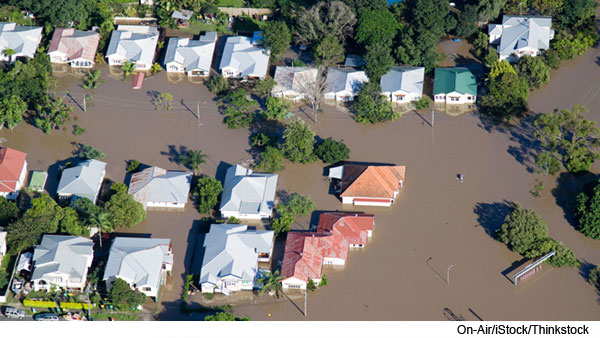 |
| Time to get your property in shape after winter. |
Now that the seasons have turned, it’s time to assess how your property weathered the winter. This is a good time to make a “to-do” list to prevent property maintenance and liability issues.
Starting from the top:
Roof – Have a roofer check for lifting, curling or missing shingles, or shingles that have suffered granular loss. Remove any debris or built-up moss that can reduce your roof’s life expectancy. Clean gutters of any leaves or debris.
Siding and gutters – Repair any damaged or loose siding; replace any damaged gutters and fascia.
Exterior paint – Warm weather is also a great opportunity to paint siding or doors on your home or garage. A fresh coat of paint can help protect your home’s exterior from the elements.
Windows – Replace and reglaze any windows that may have been broken or lost their seal over the cold winter months. These repairs can also help keep air conditioning costs lower in warm months. Check caulking around windows, basement window wells and other areas where water may seep in.
Railings – Inspect all handrails and porch rails; make sure they’re securely fastened to prevent falls.
Sidewalks and driveways – Since outdoor activities rise with the thermometer, repair any sidewalk or driveway cracks or shifted cement to reduce the chance a guest could trip or fall.
Outdoor lighting – Replace burnt-out bulbs in your outdoor lighting so that porches, steps and walkways have adequate lighting.
Play equipment – Before turning your children loose in the yard, check play equipment for sturdiness and mend gaps in fences. Cold temperatures and precipitation can take a larger toll than expected on these items.
Other equipment – Have your air conditioning serviced before the cooling season, and clean out your clothes dryer vent to prevent a common fire hazard. Replace worn caulking around faucets, and inspect pipes to make sure everything is in working order. Check batteries in your smoke and carbon monoxide alarms and in your sump pump.
A safe home makes for a happy homeowner….and an enjoyable spring!





